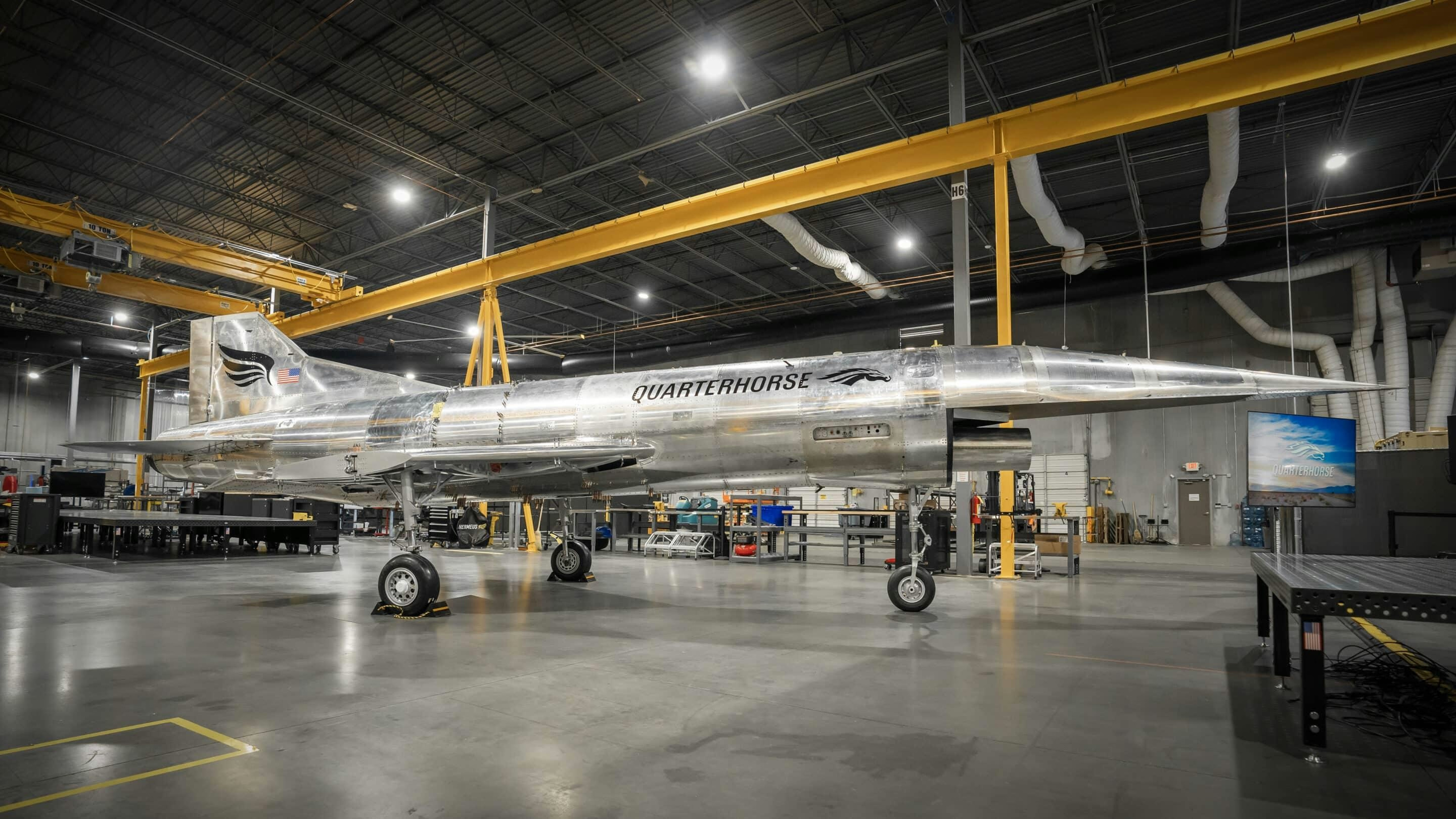热门趋势
Categories
Why India’s Airline Startups Are Investing in Hybrid Fleets
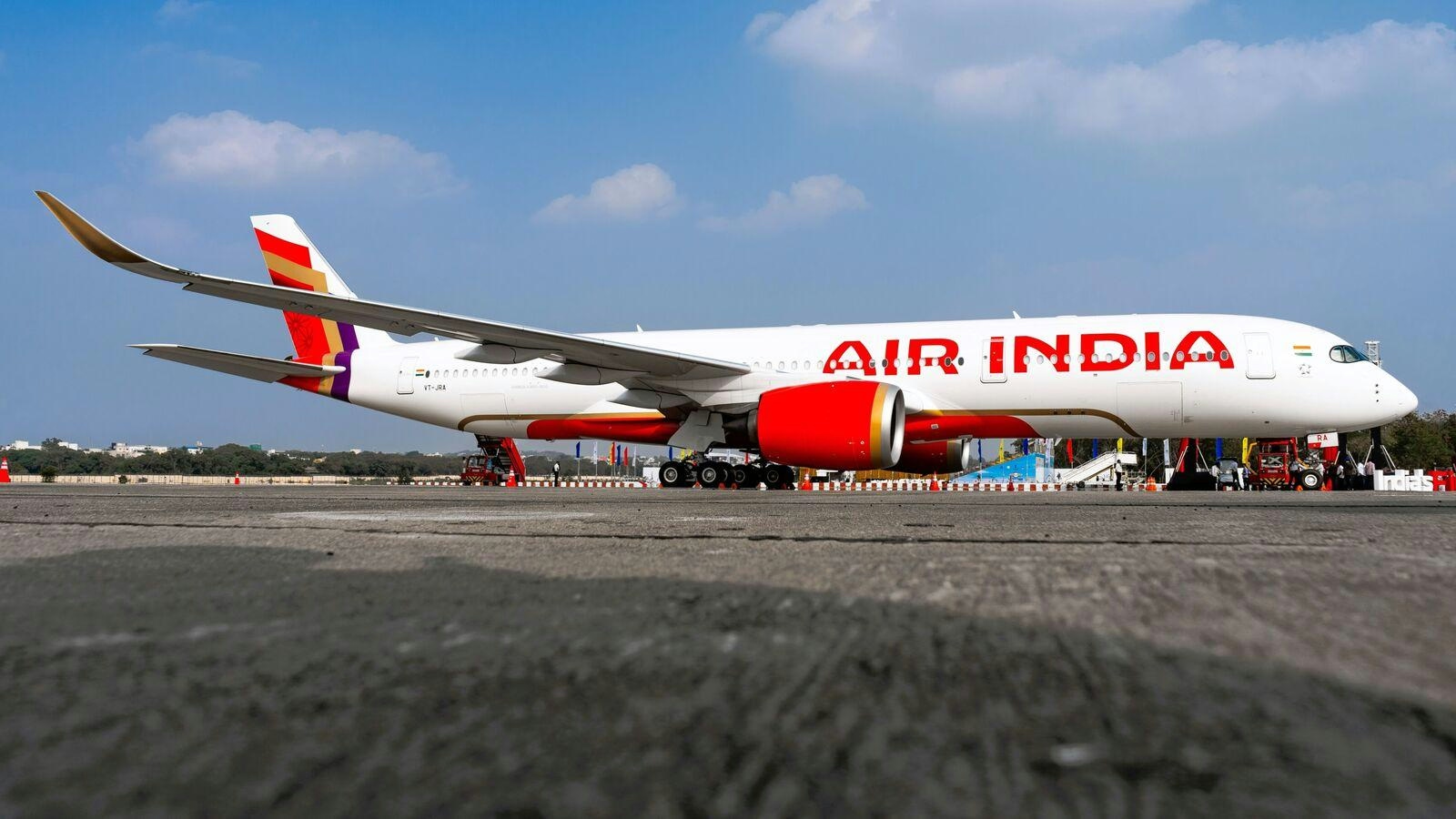
Why India’s Airline Startups Are Investing in Hybrid Fleets
India’s emerging airline startups, including Lucknow-based Shankh Air, Gurugram’s FlyBig, and Goa’s Fly91, are challenging the conventional leasing-dominated model by adopting hybrid fleet strategies that combine both leased and owned aircraft. Industry insiders suggest this approach is designed to balance financial risk, appeal to cautious lenders, and build sustainable long-term value amid intense market competition.
Leasing has traditionally been the cornerstone of Indian aviation, with over 80% of commercial jets leased—significantly higher than the global average of 53%, according to analyses by Primus Partners and PwC. However, these startups argue that partial ownership enhances their credibility with banks and investors, potentially unlocking more favorable financing terms and signaling greater operational stability.
Anurag Chabbra, co-founder and executive director of Shankh Air, explained, “We are pursuing a well-calibrated growth strategy that blends leasing and direct acquisition, aligned with the evolving dynamics of the Indian aviation sector.” Supported by $50 million from its parent company, Shankh Trading Pvt. Ltd., the airline plans to launch with two aircraft and expand to at least seven by the end of 2026, focusing on metro hubs while establishing Lucknow as its operational base.
FlyBig, which recently resumed operations after a temporary suspension, currently serves around 20 cities. The airline has attracted significant investment, with travel platform EaseMyTrip acquiring a 49% stake. FlyBig reported revenues of ₹128.75 crore in FY24 and operates four DHC-6-400 aircraft—one owned and three leased. Both FlyBig and Shankh Air are positioning themselves to capitalize on the upcoming Noida International Airport (Jewar airport) as a strategic growth hub, although they face stiff competition from established carriers such as Akasa Air and IndiGo, which have secured early access through memoranda of understanding.
Regional Focus and Operational Challenges
Unlike legacy low-cost carriers that have retrofitted regional operations, FlyBig was conceived specifically to serve underserved markets. Chander Bahadur, vice president of FlyBig, noted, “Our very inception was aligned with the UDAN mission, and over the past four years, we’ve amassed deep operational expertise in navigating the nuanced demands of underserved and remote destinations.” The UDAN scheme, a government initiative, subsidizes flights to unserved and underserved airports to enhance air travel accessibility.
Bahadur views Jewar airport as a vital gateway to improve connectivity across populous states such as Uttar Pradesh, Uttarakhand, and Bihar. Nevertheless, India’s regional aviation market remains fraught with challenges, including volatile and seasonal demand patterns that complicate revenue forecasting. Pragya Priyadarshini, vice president at Primus Partners, highlighted that “these fluctuations place immense pressure on airlines to overfill planes during peaks and absorb large losses during lean months.”
Startups also confront significant obstacles related to the high upfront costs of acquiring and maintaining hybrid fleets, alongside navigating India’s complex regulatory environment for such aircraft. Infrastructure deficiencies at smaller airports—such as limited night landing capabilities, refueling, and maintenance facilities—further complicate operations. Priyadarshini added, “Without reliable ground operations, airlines risk flight delays, diversions, or cancellations—factors that impact traveller confidence and reduce repeat demand.”
Market and Industry Reactions
Investor and customer skepticism persists regarding the long-term viability and efficiency of hybrid fleet models. Established carriers like Air India and IndiGo continue to focus on traditional fleet strategies while closely monitoring the performance of these new entrants. Meanwhile, major aircraft manufacturers such as Boeing and Airbus may adjust their approaches to accommodate the growing interest in hybrid fleet technologies.
As India’s aviation sector continues to evolve, the success of these hybrid fleet strategies will hinge on startups’ ability to manage costs effectively, navigate regulatory complexities, and deliver reliable service in a demanding and competitive market environment.
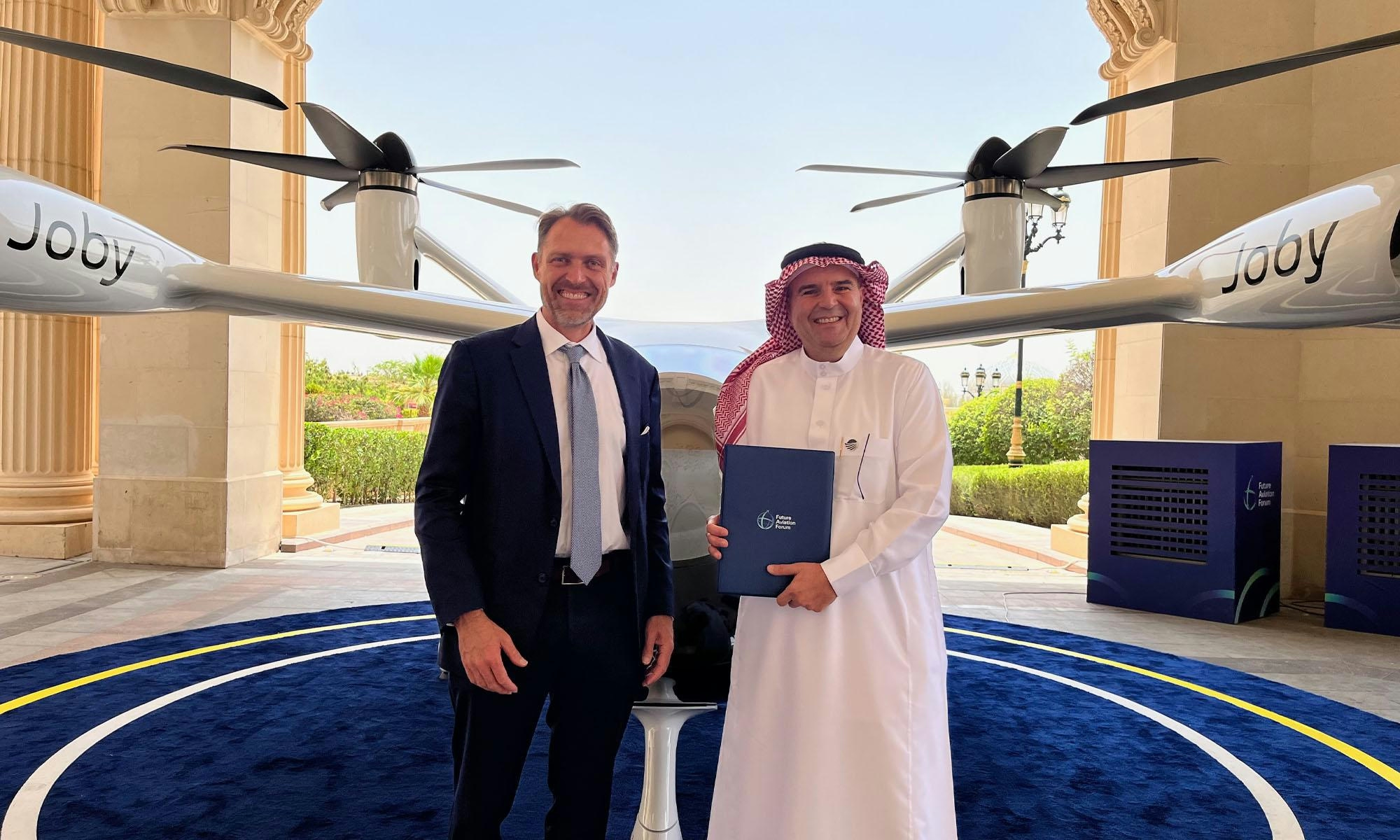
Joby Aviation Partners with UAE for Air Taxi Launch Amid Global Expansion
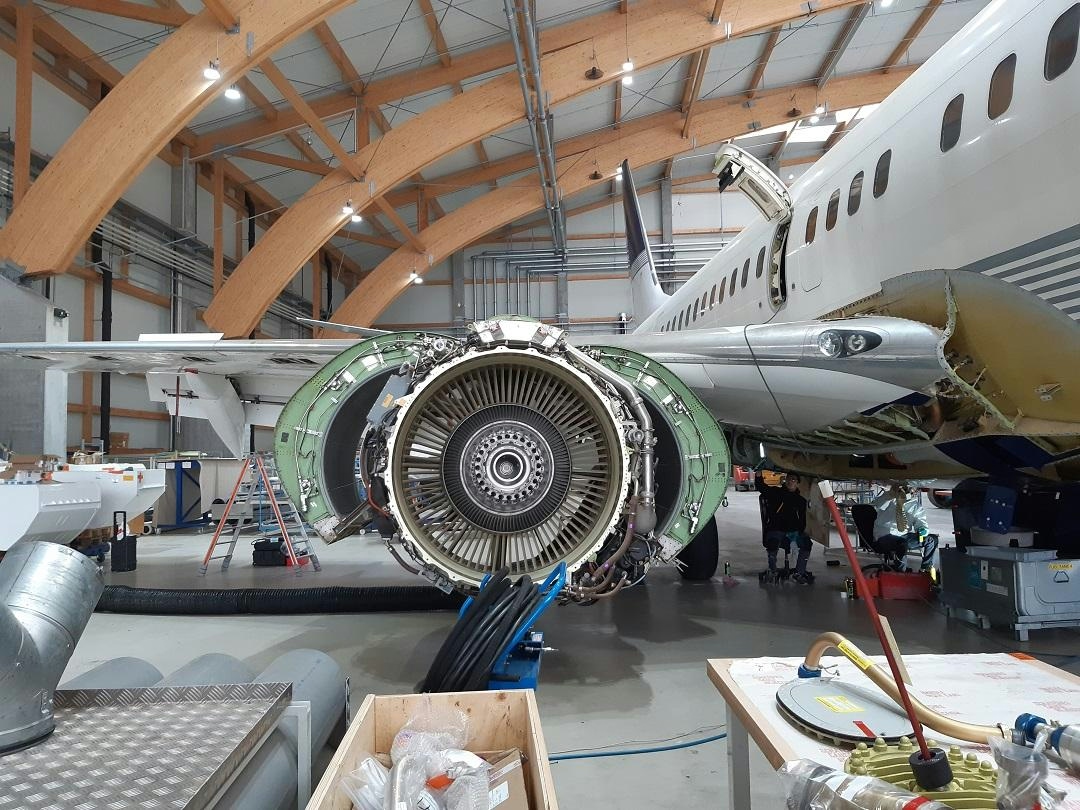
BBJ 737 Inspections Conducted at AMAC Aerospace in Bodrum, Turkey
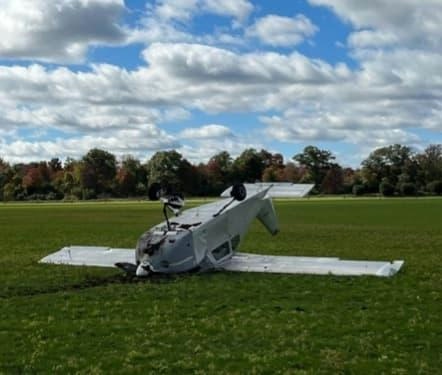
Faulty Installation of Supplemental Ignition System Causes Complete Engine Power Loss

XCF Global and FlyORO Agree to Develop Sustainable Aviation Fuel Supply Chain
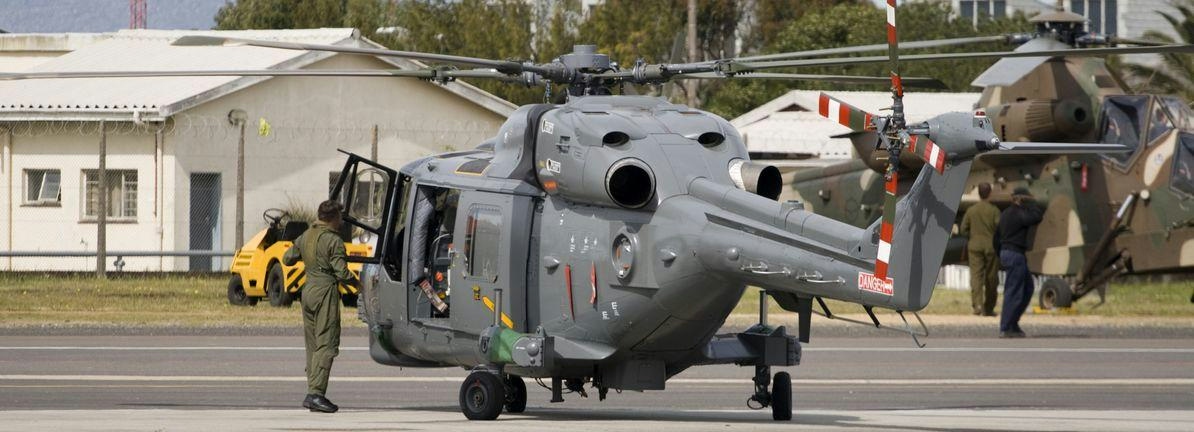
Archer Aviation Rises 9.1% Following Osaka Air Taxi Launch with Japanese Partners
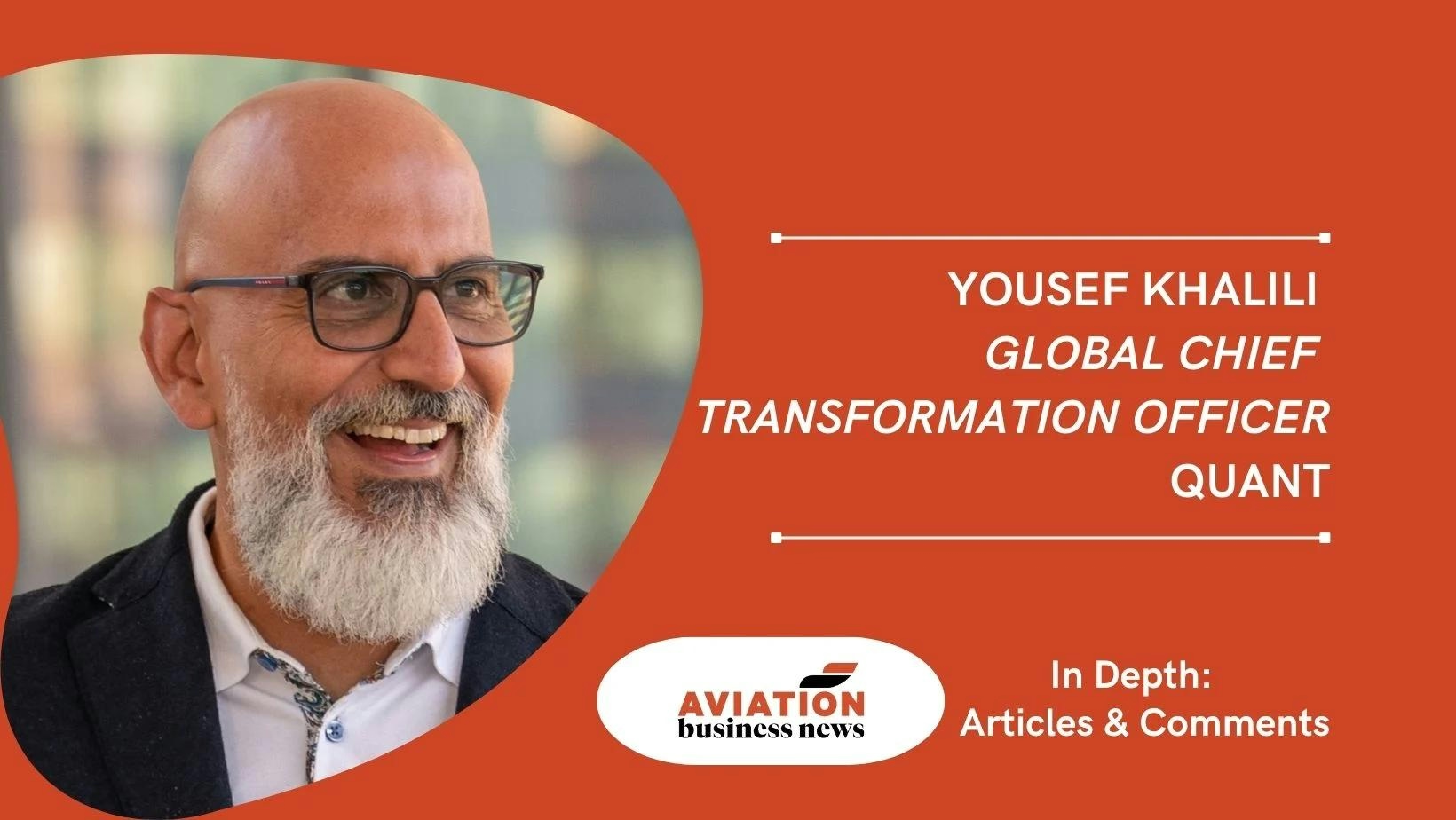
Agentic AI Could Transform Airline Operations
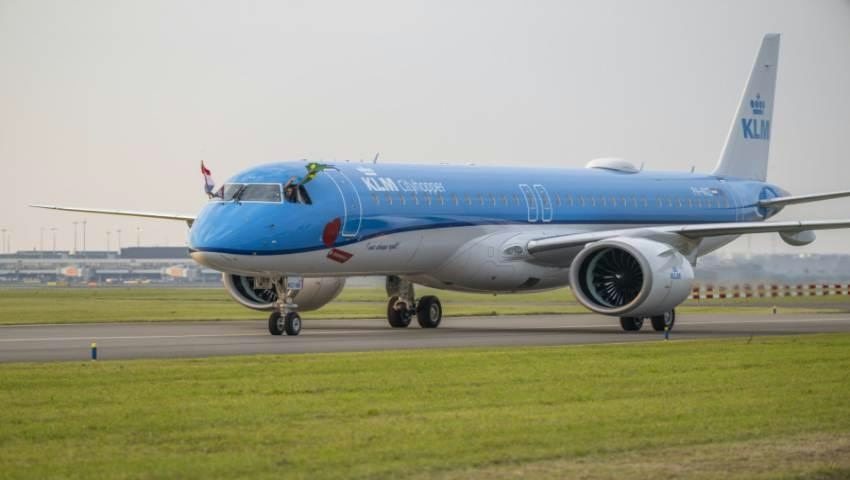
KLM Advances Sustainable Aviation with New Initiatives for 2025
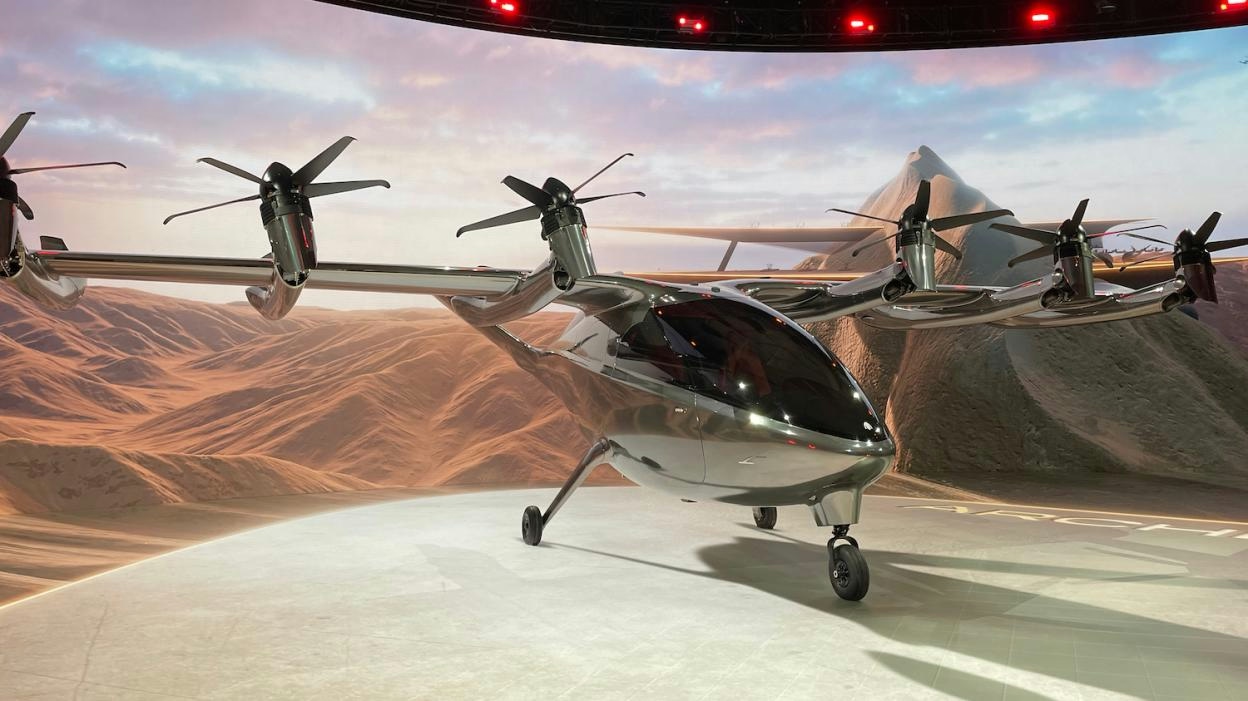
Developer Selects Landing Sites for Upcoming Flying Taxis in Los Angeles

Liebherr-Aerospace Expands Saline Facilities
